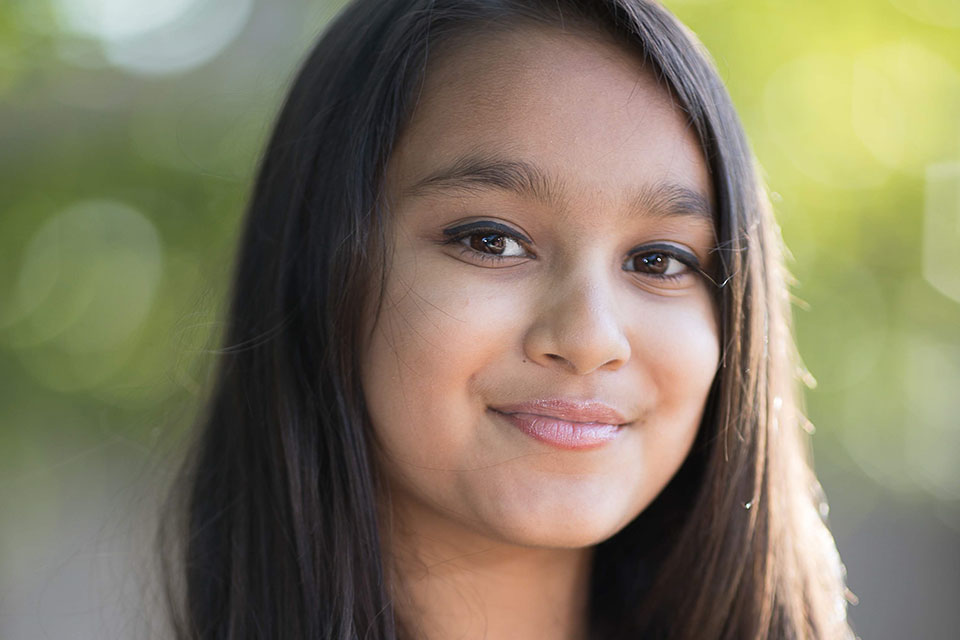I am Generation Equality: Samaira Mehta, champion for girls in technology
Date:


I am Generation Equality because …
Three ways you can help close the gender gap in STEM
- Remind girls in your life that they have the power to do anything they dream of, and that they can overcome or even break any gender barrier.
- Encourage girls to ask questions and expand their curiosity.
- Guide and support girls who want to pursue STEM and entrepreneurship, make them feel welcome in these fields.
I think it's important to treat both girls and boys equally.
We're seeing that more and more people are starting to become advocates for gender equality, and if we all come together as a whole, we'll be able to make a greater impact.These are basic rights everyone should have.
My entire generation and the generations to come have a really important role in these conversations, because we have new perspectives and new ideas. If we make all voices heard, who knows what incredible possibilities lie ahead. Anyone— a child, a girl, could come up with an amazing idea that could revolutionize the world.
The only way that we can really bridge the gender gap in technology is to really start girls out at an early age. If we get young girls excited and bold about STEM and computer science, when they grow up, they can think of tech careers.
Bridging the gender gap in tech
When I learned how unequal the STEM and artificial intelligence workforces are, I thought it was unfair and wanted to bring more girls into tech.
I started hosting workshops just for girls. I’ve realized now that not every girl will grow up to be a professional computer programmer, but coding and tech skills help them become better thinkers, leaders, creators and dreamers.
One of the biggest things that people can do to encourage women and girls in tech is to make them feel welcome in this field and make it more inclusive for girls. Just the simple things make a difference, like when you advertise a STEM or Robotics Club, show pictures of girls too.
I believe we really can create a more equitable tech world, even with the ongoing COVID-19 outbreak. It all starts by introducing girls to STEM and computer sciences from an early age. But once girls get started in these fields, we need you to help and support them, remind them that this is not only a boys field. Continue to build awareness and fight to remove the obstacles.
Tech and artificial intelligence in the times of COVID-19
“If we make all voices heard, who knows what incredible possibilities lie ahead”
We need women now more than ever. This isn’t a suggestion; it is something that is urgently required.
Why—in three words: creativity, compassion, and collaboration.
With all the technologies in the making, especially to help out with COVID-19, we can’t have just one mindset and just one point of view at the table. We need the voices of women as well.
Women can be bold and decisive but at the same time kind and empathetic, and that’s exactly what we need. This way we can work together to find a solution to even the hardest of times. The best only comes when all ideas are put together.
I personally believe that computer science and Artificial Intelligence will play a huge role during this time. The more we know about this virus, the faster we can cure it.
Plus, with all the working-from-home and distance learning, the requirements for the online infrastructure will increase, and to support this, we will need more computer scientists.
At only 11 years old, Samaira Mehta is already the founder and CEO Coderbunnyz and Codermindz, two board games that introduce kids to the concepts of computer programming and artificial intelligence. She’s also the creator of the “Yes, One Billion Kids Can Code” initiative, which aims to help one billion kids in the world gain access to STEM and coding tools by 2030.